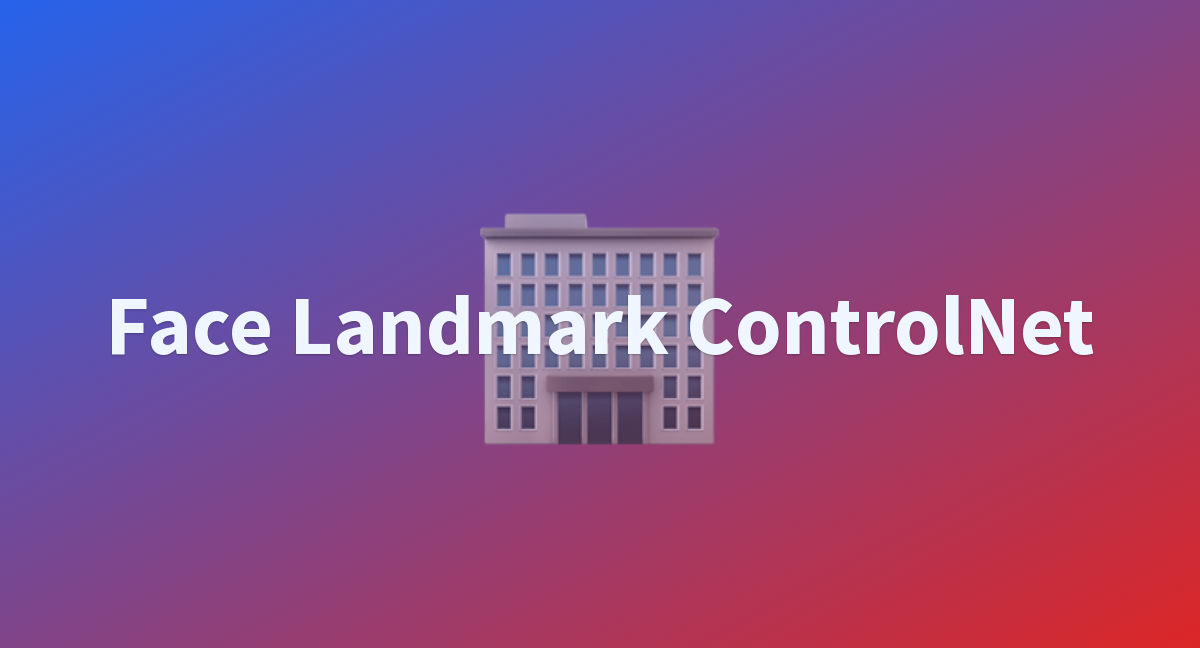Face Landmark ControlNet - Upload a face image and it will make new faces with similar poses

The Hugging Face is a revolutionary new technology that has the potential to revolutionize the way we create and interact with digital images. Through this technology, users can upload a face image to a website and create a new face with similar poses. This could have a variety of applications, from creating more realistic avatars for gaming and virtual reality to creating a more realistic look for computer-generated images.
Hugging Face uses a combination of computer vision and deep learning algorithms to generate the new face from the original image. It is capable of detecting the key facial features and poses of the original image and then using that information to create a new, similar image. This can help to create a more realistic look for a computer-generated face, as the same facial features and poses are repeated in the new image.
The technology can also be used to create a more realistic look for avatars used in gaming and virtual reality applications. As the technology is able to detect the various poses and facial features of the original image, it is able to create a more realistic look for the avatar that is based on the original image. This could result in an avatar that looks more realistic and is more lifelike, helping to create a more immersive experience for the user.
In addition, the Hugging Face technology could also be used to create more realistic images for digital art and photography. By analyzing the face and pose of the original image, the technology is able to create a new image that captures the same features and poses of the original image. This could help to create more realistic images for digital art and photography projects, such as creating images for magazines or web design projects.
Overall, the Hugging Face technology has the potential to revolutionize the way we create and interact with digital images. By using a combination of computer vision and deep learning algorithms, it is capable of creating a more realistic look for computer-generated images, avatars, and digital artwork. This could help to create a more realistic and immersive experience for users, as well as providing a more lifelike look for digital art and photography.

